Thursday, 13 August 2009
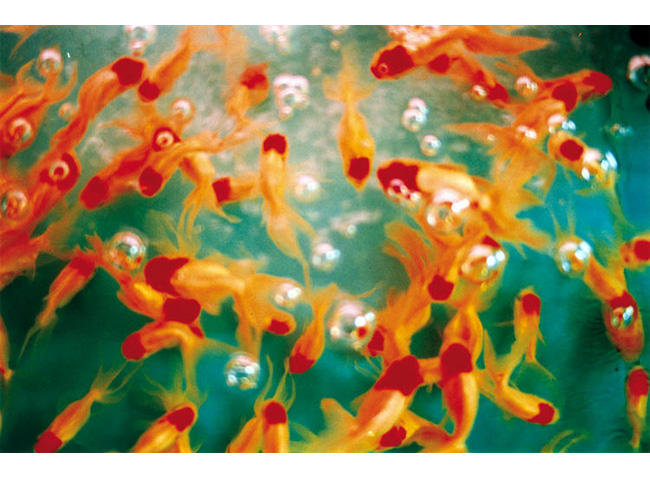

The term “onnanoko shashinka” loosely translates to “girlie photographers”. It is used to describe an immensely popular group of young Japanese female photographers whose work is largely characterized by simple subjects reflecting their everyday life captured with a point-and-shoot aesthetic. Mika Ninagawa has been described as second generation “onnanoko shashinka,” a very skillful photographer with perhaps a more mature approach to her work – but still with a wonderful mix of fun and flair. Her pictures are large and ablaze with colour - a very masterful use of saturation to create an exuberant yet surreal, dream-like, poetry-filled universe that I so adore.
All the pictures here are from a series called “Liquid Dreams”, which capture swimming fish with their orange bodies and movements that are in sharp contrast to the stillness of the water.
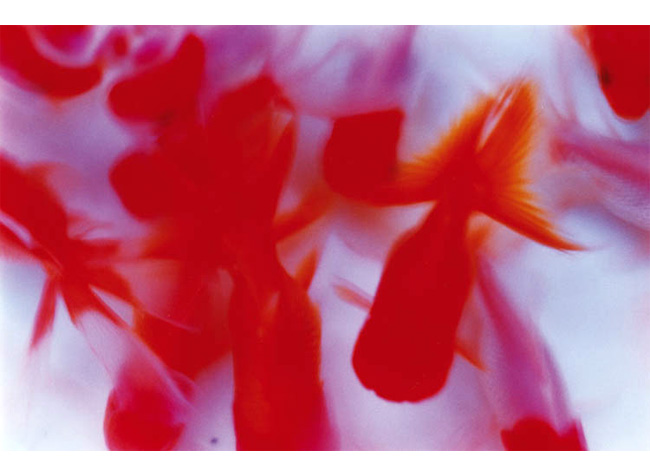
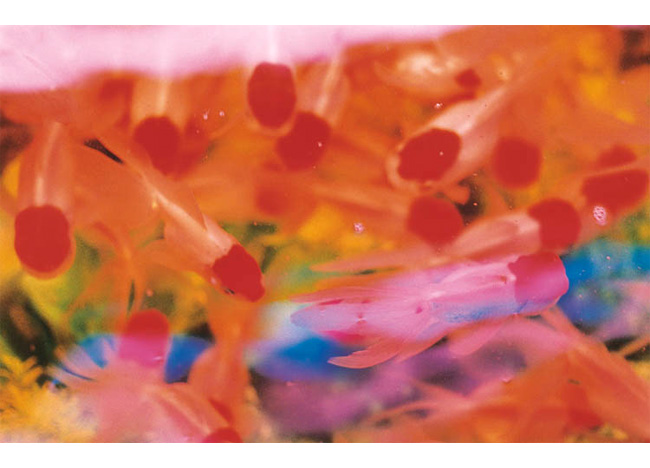
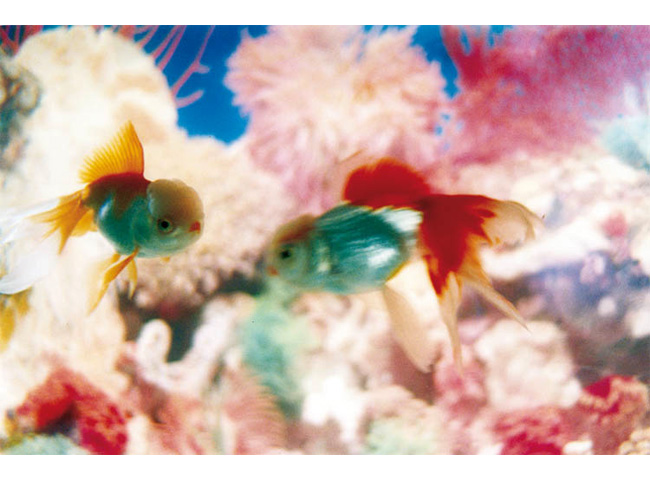
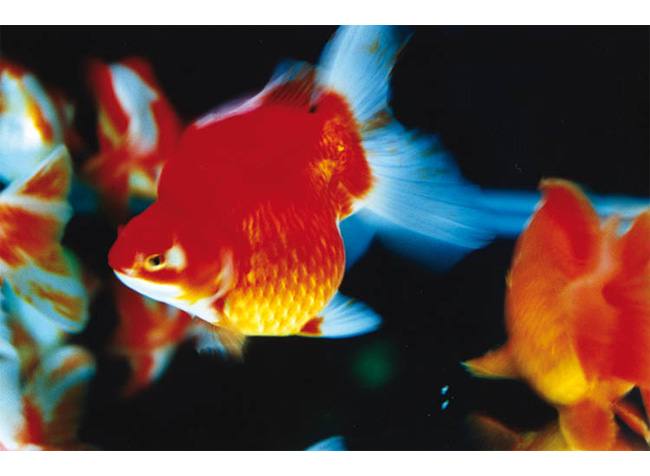
Tags: Japan, Photography
Posted in Uncategorized | No Comments »
Wednesday, 12 August 2009

A senior Canadian artist, Takao Tanabe (born in Prince Rupert, right here in British Columbia) has been making paintings for nearly 50 years. While he began his career as an abstract painter, he is primarily known as a landscape painter. Although his references to the land were not always conscious, Tanabe believes “(he) was always a landscape painter”. As early as 1953, artists and critics identified his abstract expressionistic work with real or imagined landscapes. Even his most hard-edged paintings evoke, in their curving forms and gray tonalities, the natural environment of Canada’s West Coast.
Takao’s paintings, drawings, and prints reveal an enduring preoccupation with place, suggesting a search to belong to nature – a need to identify with some stretch of land as yet uncontaminated by human kind. Although Tanabe’s landscapes vary topographically, each work seems more directed towards formalist and aesthetic concerns. These scenes have in common, a sense of vast scale and loneliness. For the artist this emptiness is deliberate. Tanabe affirms: “What I want is this completely unoccupied , pristine land, as though I’m the first person to see it. It’s lonely, it’s mysterious, it has wonderful appeal to me. I feel great kinship with it.”
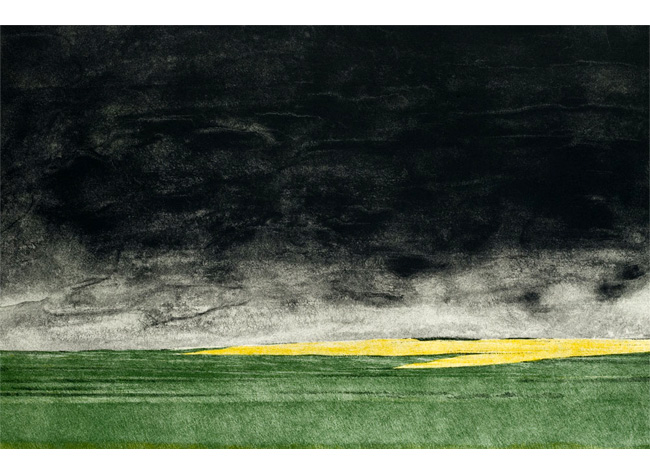
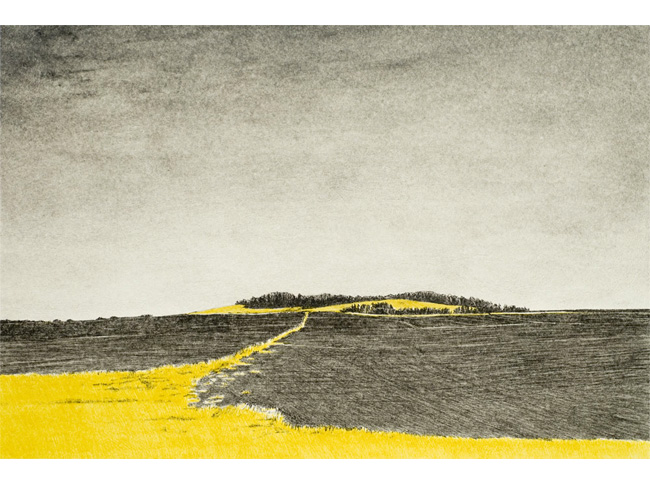
Text sourced from Paul Kuhn Gallery.
Tags: Art, Canada, Painting
Posted in Uncategorized | No Comments »
Tuesday, 11 August 2009
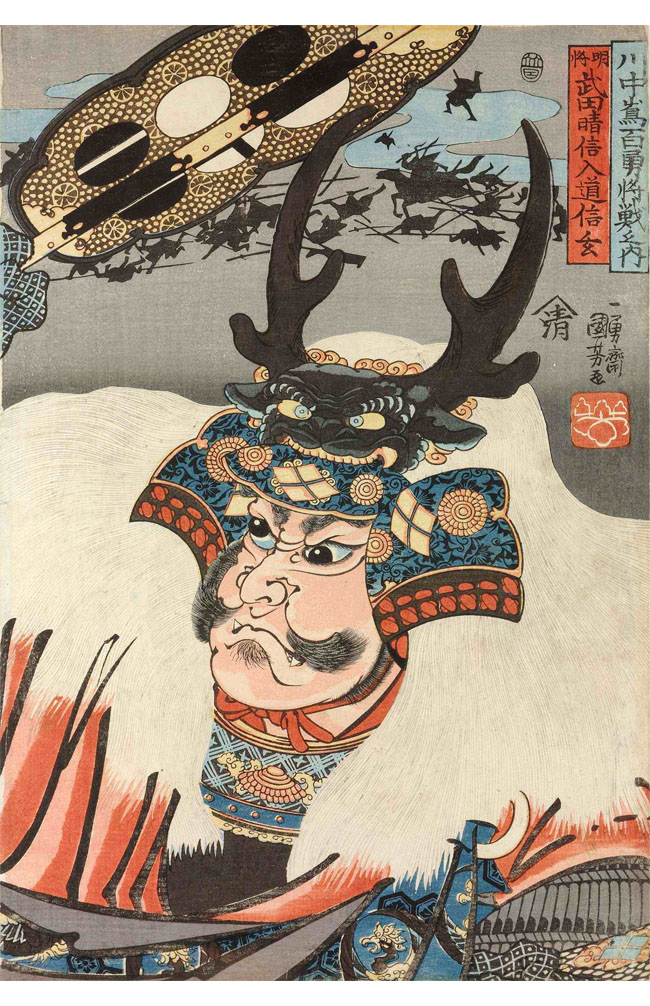
Utagawa Kuniyoshi (ca. 1797 - April 14, 1861) was one of the last great masters of the Japanese ukiyo-e style of woodblock prints and painting and belonged to the Utagawa school. He was born in 1797, the son of a silk-dyer, originally named Yoshisaburō. He assisted his father’s business as a pattern designer, and some have suggested that this experience influenced his rich use of color and textile patterns in prints. Yoshisaburō proved his drawing talents at age 12, quickly attracting the attention of the famous ukiyo-e print master Utagawa Toyokuni. He was officially admitted to Toyokuni’s studio in 1811, and became one of his chief pupils. He remained an apprentice until 1814, at which time he was given the name “Kuniyoshi” and set out as an independent artist.
During the 1820s, Kuniyoshi produced a number of heroic triptychs that show the first signs of an individual style. In 1827 he received his first major commission for the series based on a popular Chinese tale. In this series, Kuniyoshi illustrated individual heroes on single-sheets, drawing tattoos on his heroes, a novelty which soon influenced Edo fashion. The Suikoden series became extremely popular in Edo, and the demand for Kuniyoshi’s warrior prints increased, gaining him entrance into the major ukiyō-e and literary circles. His warrior prints were unique in that they depicted legendary popular figures with an added stress on dreams, ghostly apparitions, omens, and superhuman feats.
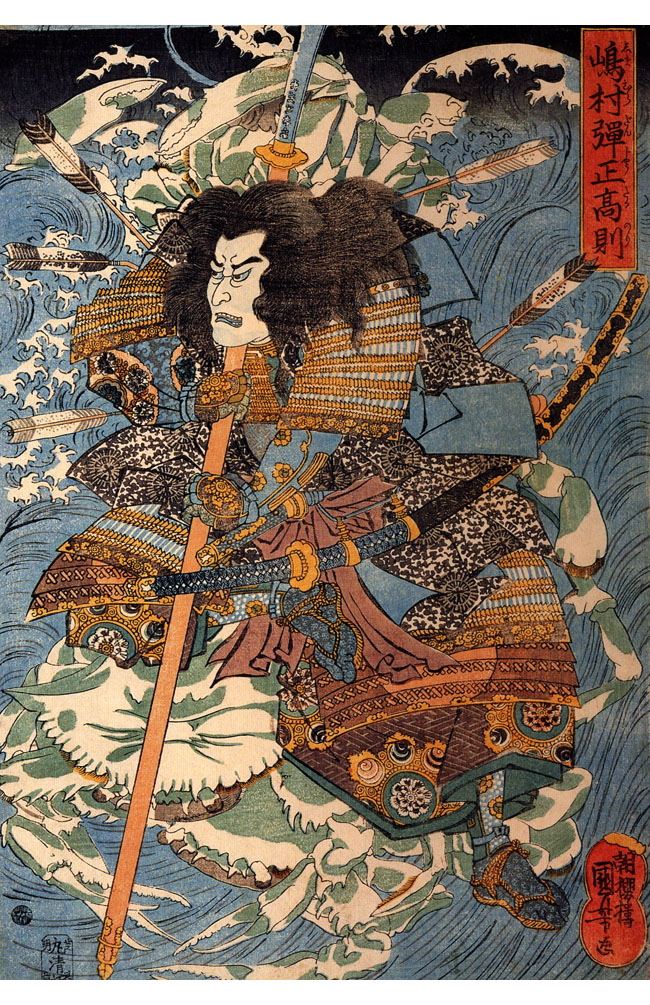
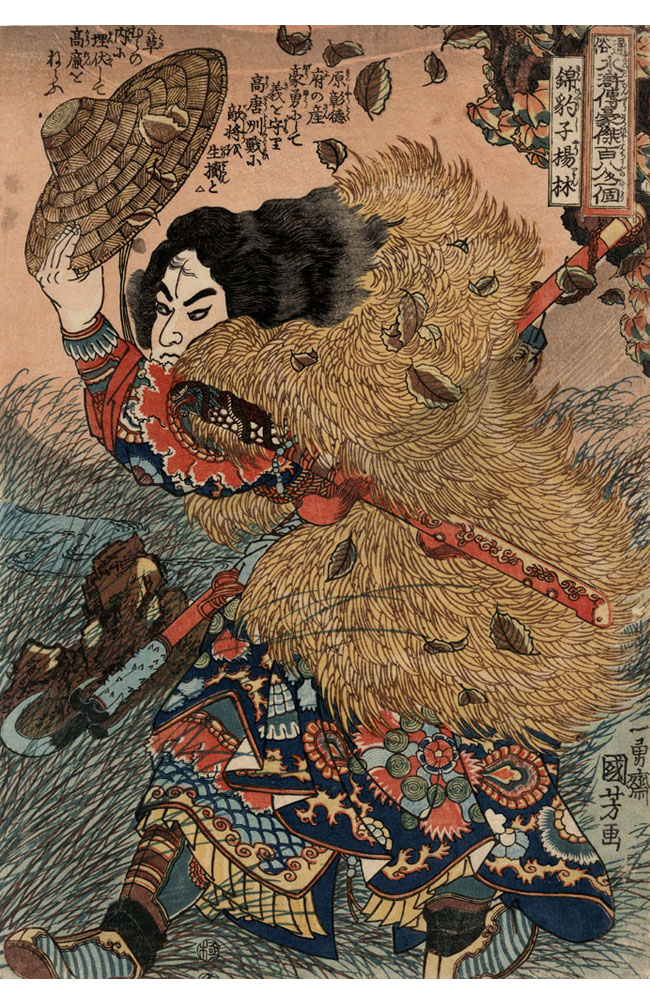
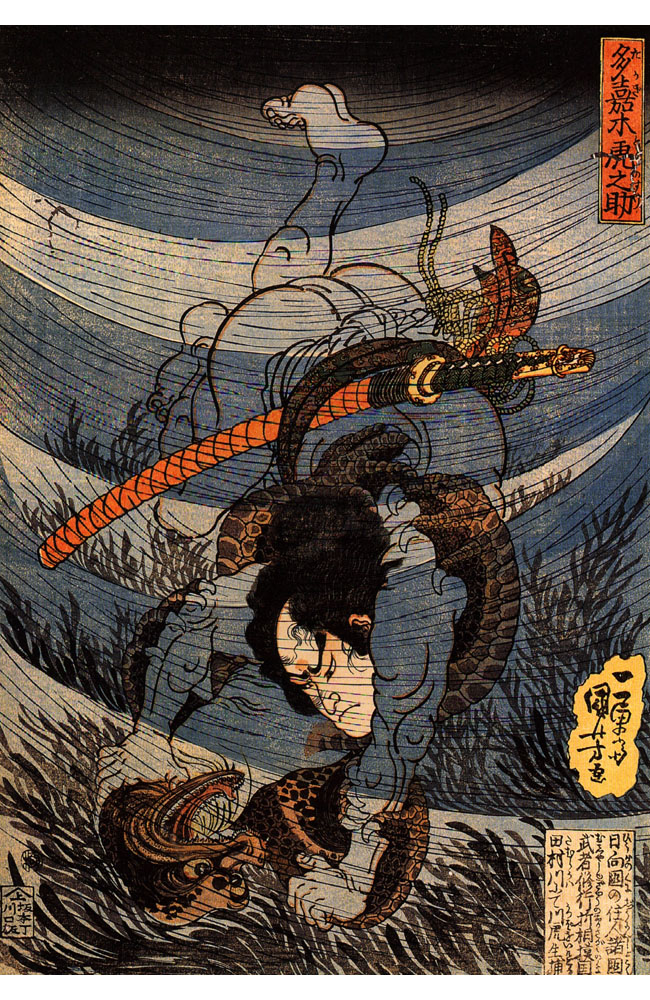
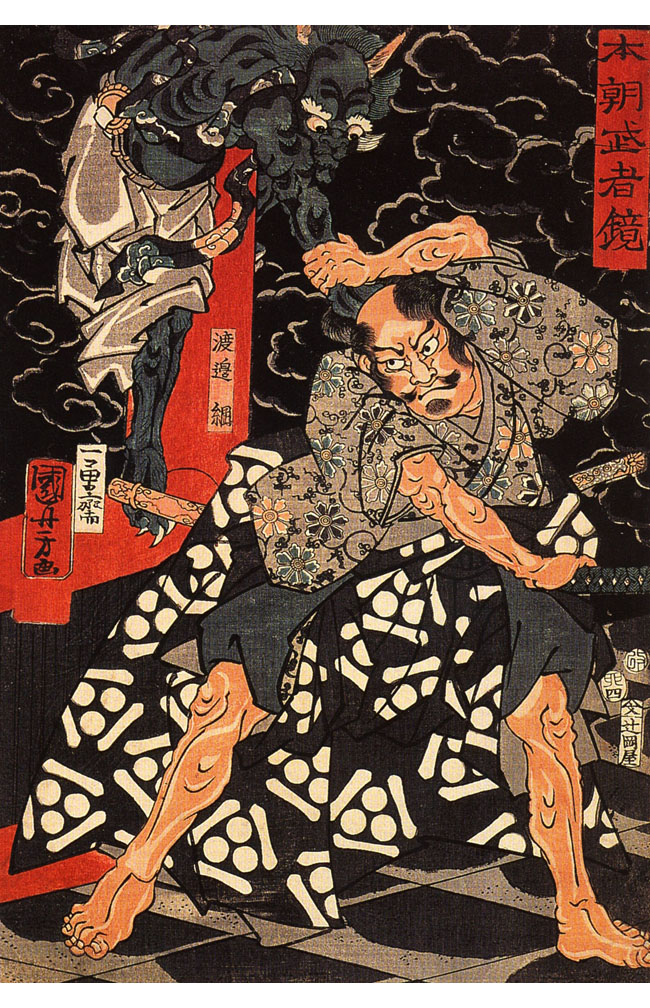
Tags: Japan, Printing
Posted in Uncategorized | No Comments »
Monday, 10 August 2009

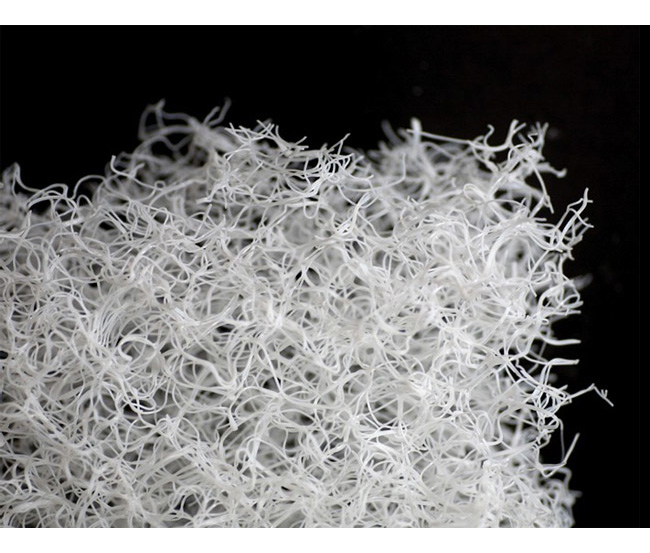
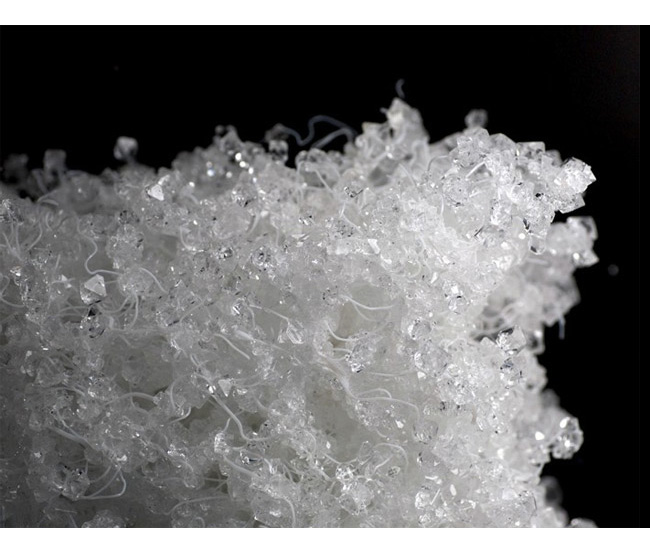
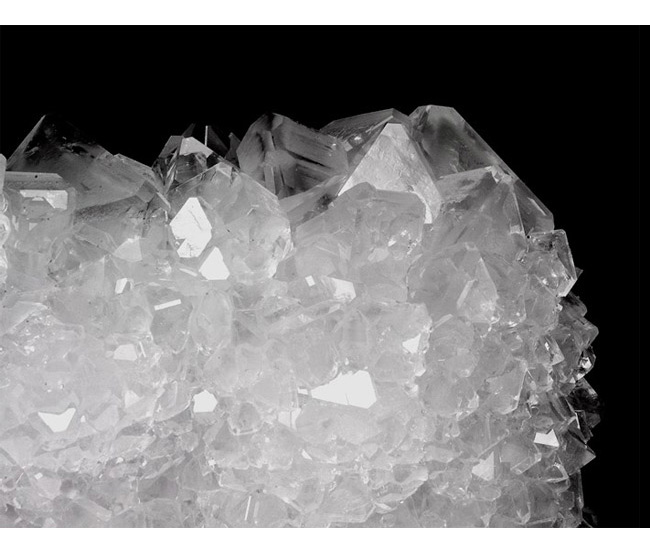
Venus is a chair by Tokujin Yoshioka that is literally grown into being. It “takes shape by making the tiny crystals frow in an aquarium, and makes its appearance over time as if the goddess herself gradually emerges from water. This crystal chair, which is formed using the laws of nature and embodies a beauty born of coincidence, pushes the boundaries of creativity.” A substrate made of polyester elastomer forms the skeleton and is submerged in a tank. The crystals then form on that substrate.
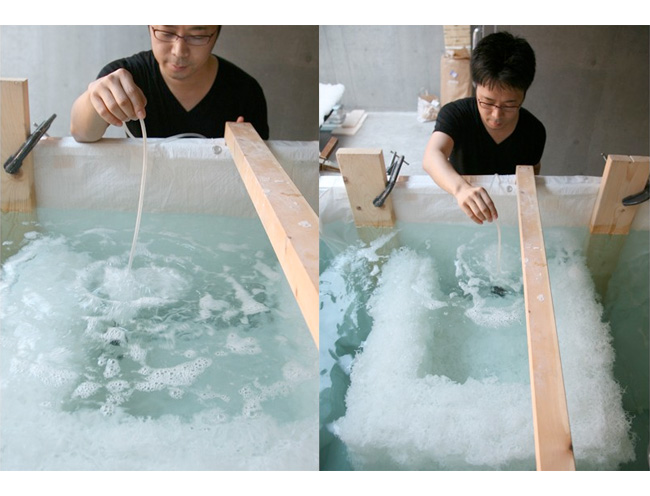
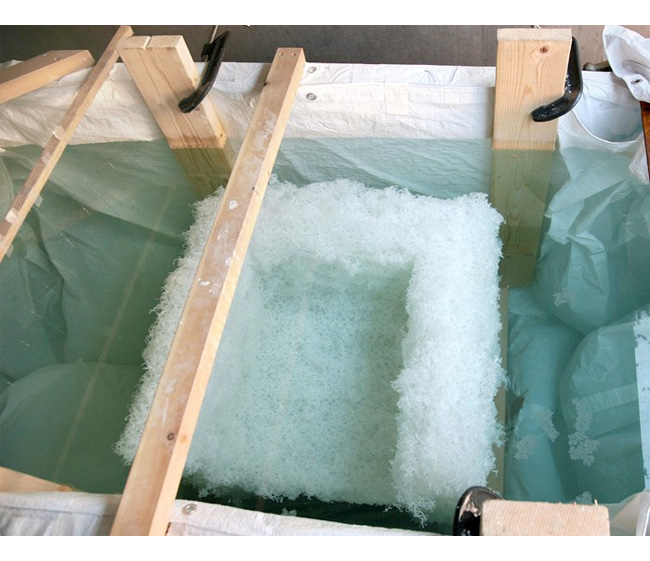
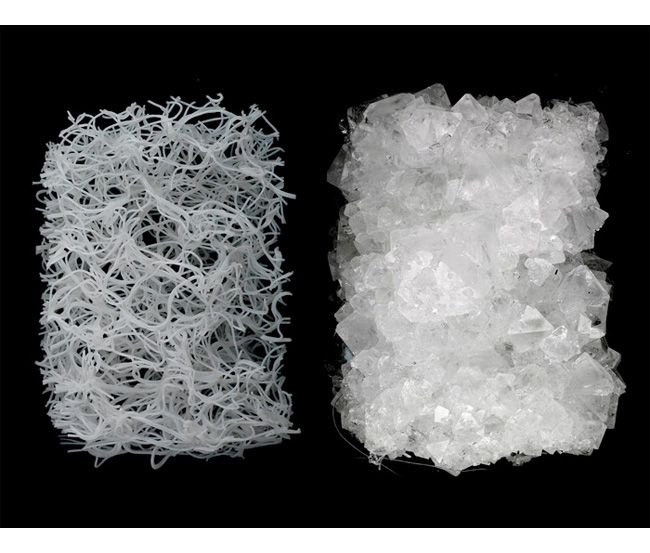
Tags: Chairs, Furniture Design
Posted in Uncategorized | No Comments »
Sunday, 9 August 2009
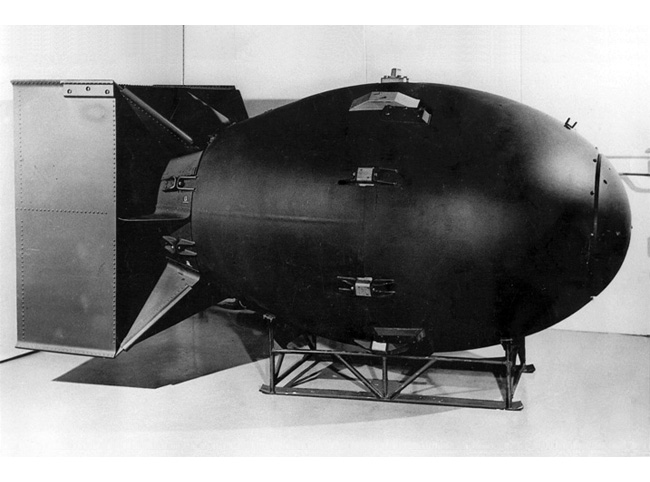
… President Truman warned that if Japan still refused to surrender unconditionally, as demanded by the Potsdam Declaration of July 26, the United States would attack additional targets with equally devastating results. Two days later, on August 8, the Soviet Union declared war on Japan and attacked Japanese forces in Manchuria, ending American hopes that the war would end before Russian entry into the Pacific theater.
By August 9th, American aircraft were showering leaflets all over Japan informing its people that “We are in possession of the most destructive explosive ever devised by man. A single one of our newly developed atomic bombs is actually the equivalent in explosive power to what 2,000 of our giant B-29s can carry on a single mission. This awful fact is one for you to ponder and we solemnly assureyou it is grimly accurate. We have just begun to to use this weapon against your homeland. If you still have any doubt, make inquiry as to what happened to Hiroshima when just one atomic bomb fell on that city.” Meanwhile, Colonel Paul Tibbets’s bomber group was simply waiting for the weather to clear in order to drop its next bomb, the plutonium weapon nicknamed “Fat Man” that was destined for the city of Nagasaki.

Text sourced from US Department of Energy.
Tags: History, Japan, War
Posted in Uncategorized | No Comments »
Saturday, 8 August 2009
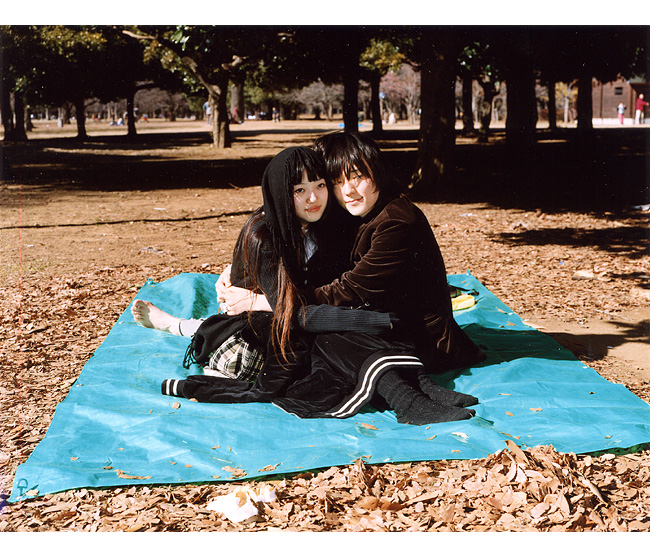
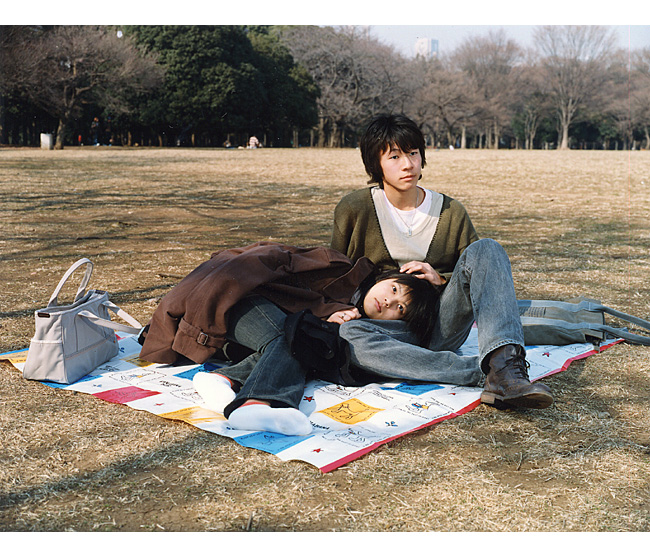
This series, titled “Picnic”, by Masato Seto, shows people in parks, sitting and lying on plastic sheets placed on grass. They look as if they were in their rooms without roofs and walls. Seto creates invisible rooms using a conceptual tool - plastic sheets - within a conceptual space: parks. It makes us unaware of the dislocation from the real world, just as costumes disconnected from reality become symbols. The couples are very close to each other, and behave as if they were alone. They are naturally so while the photographer is shooting, not having been told to pose. Although there are no settings used for these photographs, they look out of place.
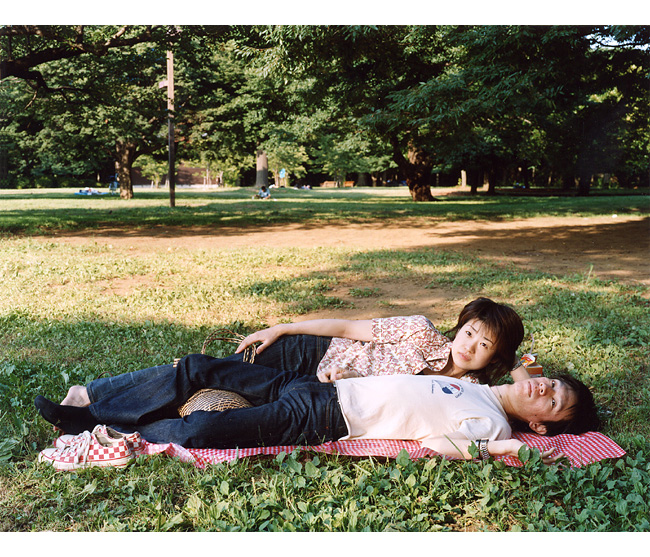
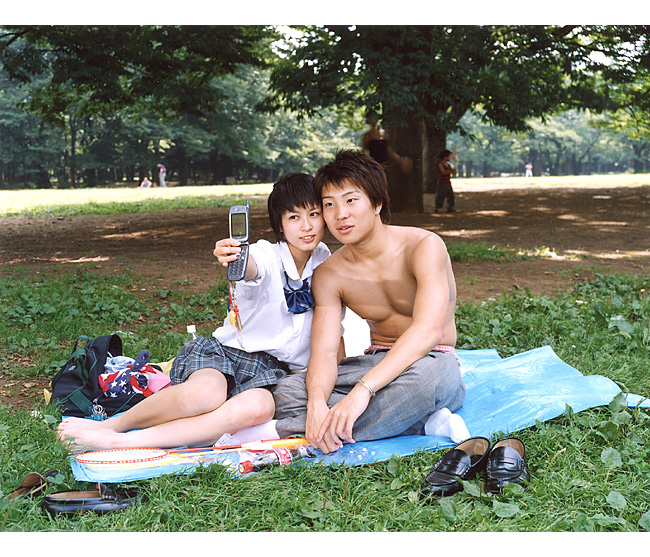
One seeks documentation when attempting to equate photographs to reality. But documentation is not free from stories. It makes sense to say photography is fiction rather than saying documentation is free from stories. A fiction is naturally detached from reality. If one seeks documentation with photography, it is going to be anti-documentation (which is photography itself). A lot of people refuse to be tolerant of the disconnectedness from reality because they dont want it erode their reality. The photographer betrays the expected documentation.
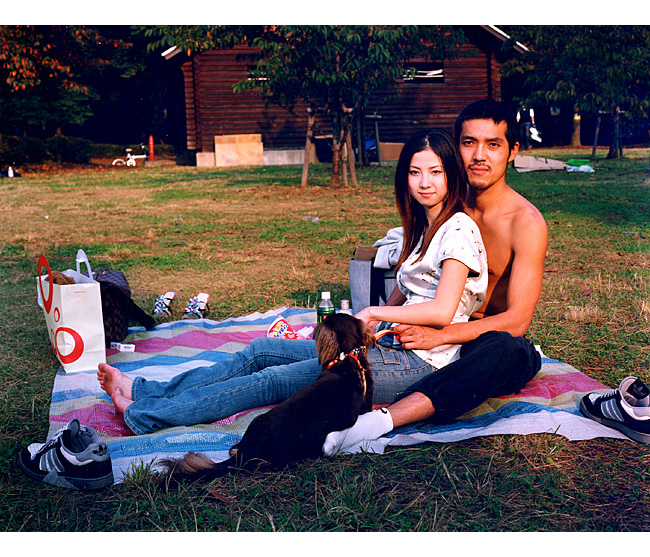
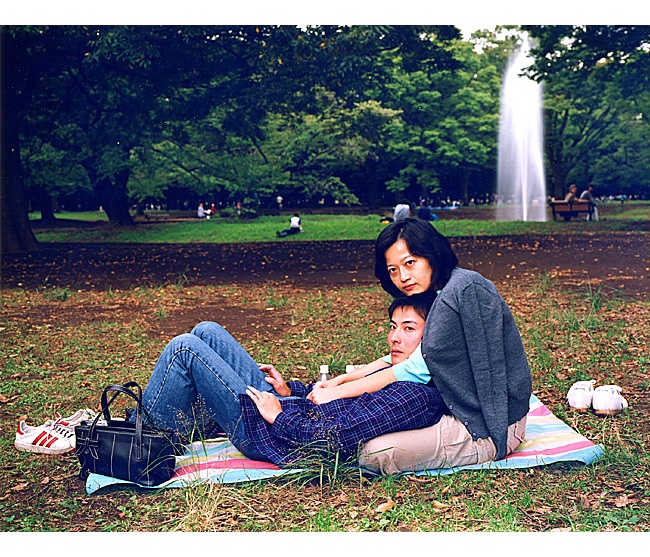
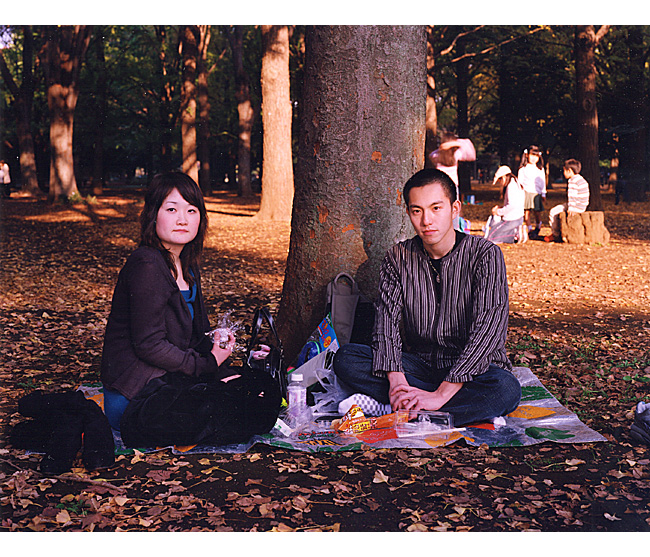
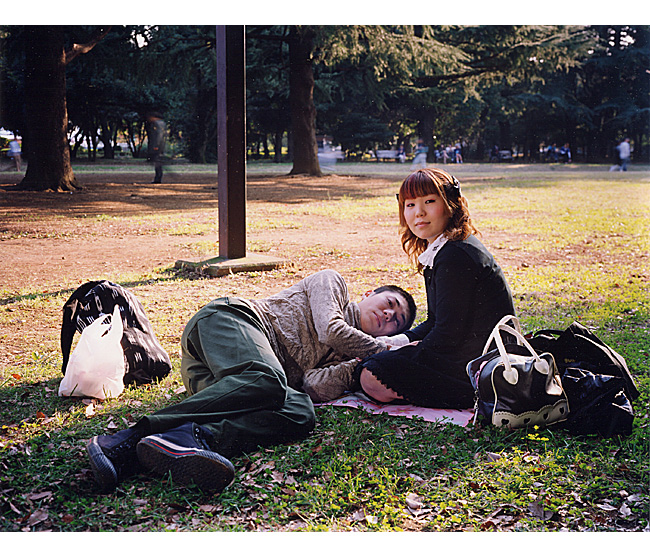
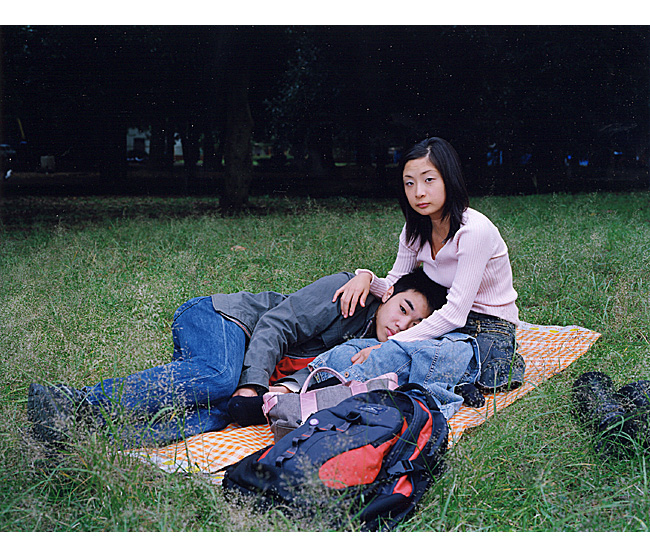
Text adapted from a review by Koike Hiro’o.
Tags: Japan, Photography
Posted in Uncategorized | No Comments »
Friday, 7 August 2009
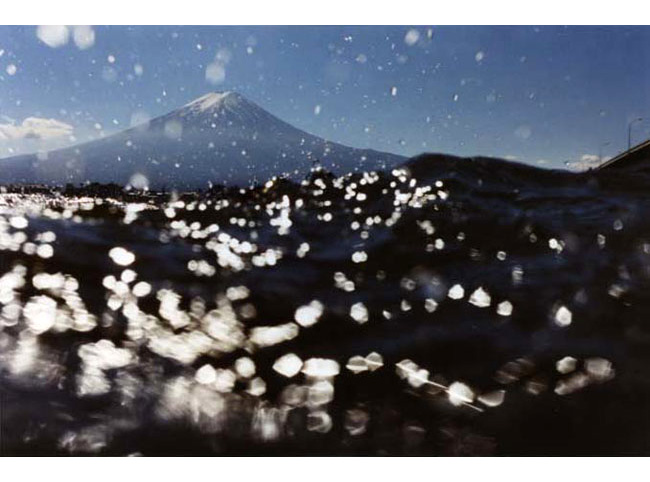
Asako Narahashi’s series half awake and half asleep in the water is a collection of C-Prints of various coastal sites in Japan. Since beginning the project in 2001, the artist has photographed over fifty locations with a Nikonos 35mm waterproof film camera. Narahashi floats chest deep in the ocean while facing back towards the shore, her camera held half-submerged in the water. By watching the waves without using the viewfinder, the artist times her pictures according to the swells of the ocean tide.
From this vantage point, waves washing against the lens of the camera create unexpected relationships between water, land and sky. With the water in the extreme foreground, the ocean dominates the view and distorts the customary perspectives of bridges, airplanes, buildings and mountains. The images are suspended in moments of uncertainty, leaving conflicting sensations of calm and growing apprehension unresolved. (Yossi Milo Gallery)
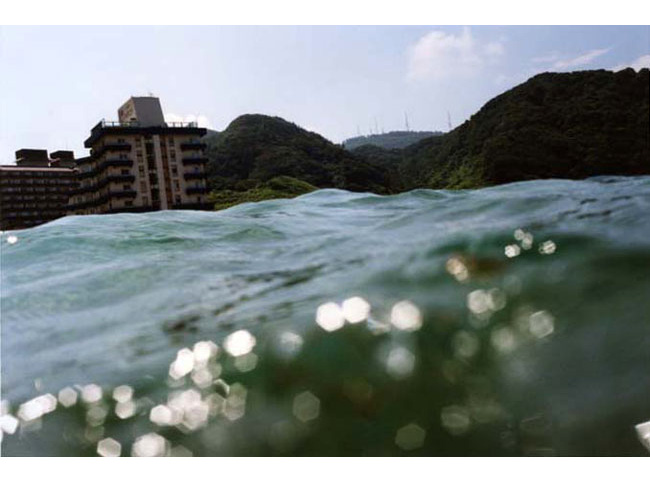

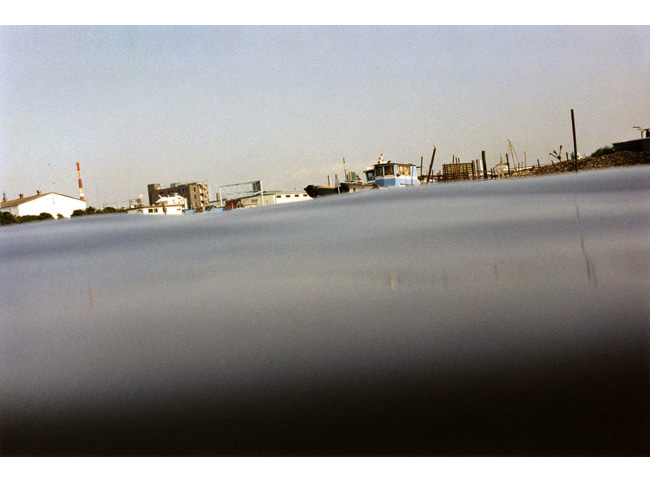
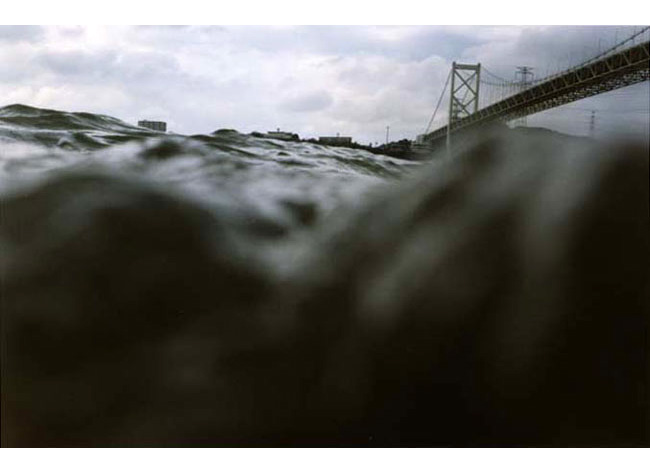
Tags: Japan, Photography
Posted in Uncategorized | No Comments »
Thursday, 6 August 2009
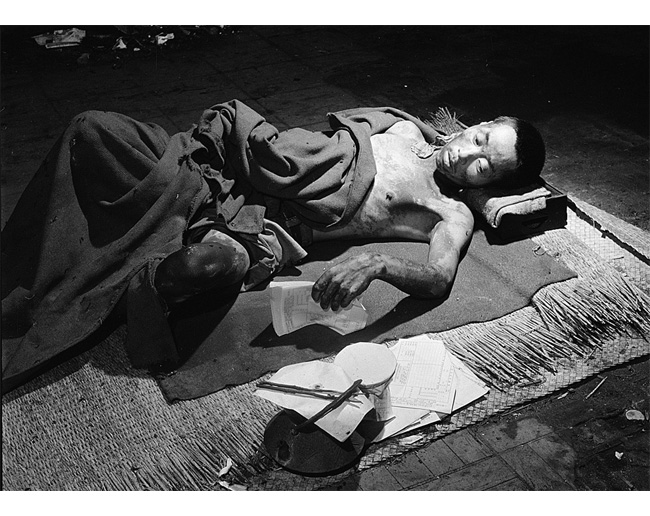
In the early morning hours of August 6, 1945, a B-29 bomber named Enola Gay took off from the island of Tinian and headed north by northwest toward Japan. The bomber’s primary target was the city of Hiroshima, located on the deltas of southwestern Honshu Island facing the Inland Sea. Hiroshima had a civilian population of almost 300,000 and was an important military center, containing about 43,000 soldiers.
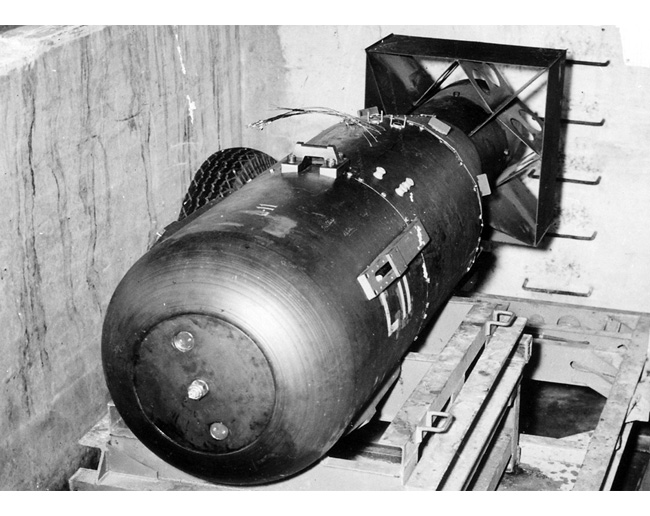
The bomber, piloted by the commander of the 509th Composite Group, Colonel Paul Tibbets, flew at low altitude on automatic pilot before climbing to 31,000 feet as it neared the target area. At approximately 8:15 a.m. Hiroshima time the Enola Gay released “Little Boy,” its 9,700-pound uranium bomb, over the city. Tibbets immediately dove away to avoid the anticipated shock wave. Forty-three seconds later, a huge explosion lit the morning sky as Little Boy detonated 1,900 feet above the city, directly over a parade field where soldiers of the Japanese Second Army were doing calisthenics. Though already eleven and a half miles away, the Enola Gay was rocked by the blast. The yield of the explosion was later estimated at 15 kilotons (the equivalent of 15,000 tons of TNT).


On the ground moments before the blast… the city was alive with activity — soldiers doing their morning calisthenics, commuters on foot or on bicycles, groups of women and children working outside to clear firebreaks. Those closest to the explosion died instantly, their bodies turned to black char. Nearby birds burst into flames in mid-air, and dry, combustible materials such as paper instantly ignited as far away as 6,400 feet from ground zero. The white light acted as a giant flashbulb, burning the dark patterns of clothing onto skin and the shadows of bodies onto walls. Survivors outdoors close to the blast generally describe a literally blinding light combined with a sudden and overwhelming wave of heat… Those that were indoors were usually spared the flash burns, but flying glass from broken windows filled most rooms, and all but the very strongest structures collapsed. One boy was blown through the windows of his house and across the street as the house collapsed behind him. Within minutes, 9 out of 10 people half a mile or less from ground zero were dead.
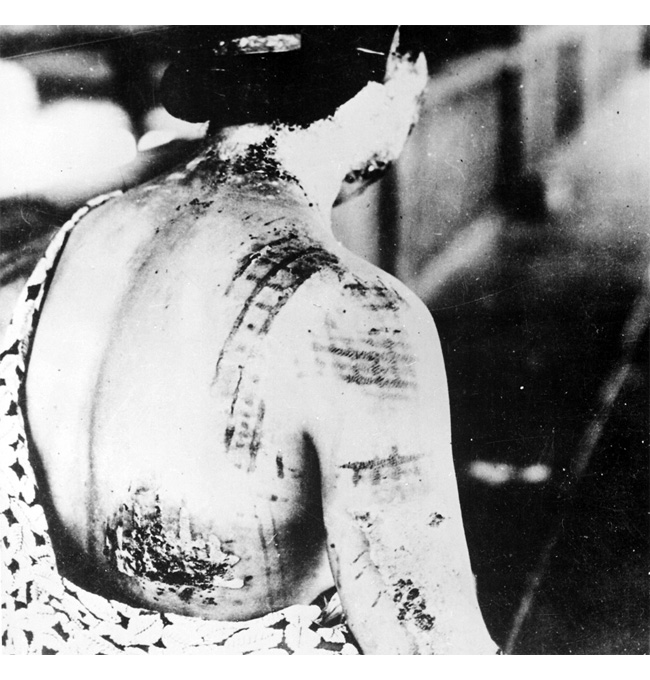
Text sourced from US Department of Energy. Images sourced from US National Archives.
Tags: History, Japan, Tribute, War
Posted in Uncategorized | No Comments »
Wednesday, 5 August 2009
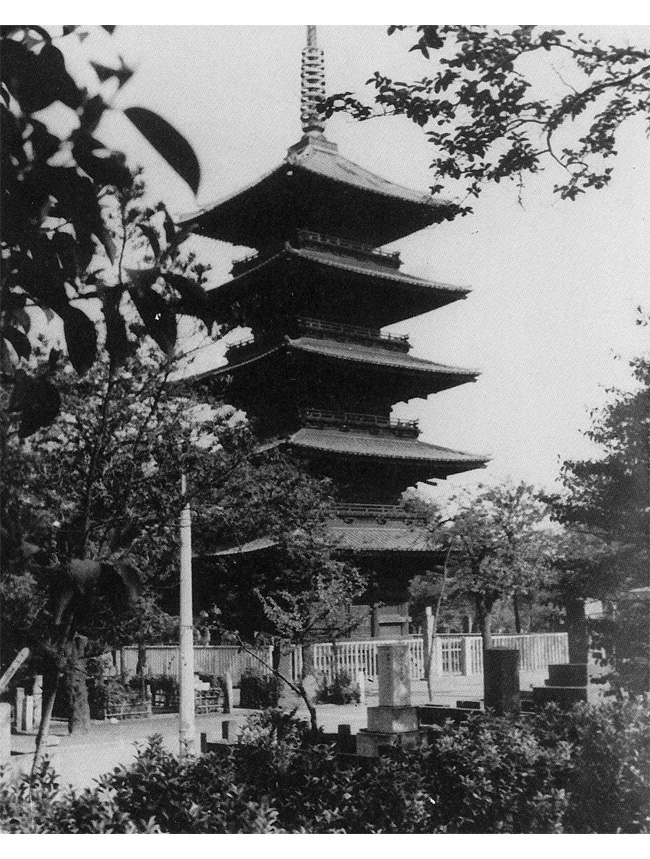
Originally part of Tennō-ji, the five-storied pagoda was built in 1644. It burned down in 1771 and was rebuilt 19 years later. This last version, built in 1791 in Japanese zelkova wood, was at almost 35 meters the tallest of its kind in the Kantō area. The five-storied pagoda had been donated in 1908 by Tennō-ji to the city of Tokyo and had been the model for Kōda Rohan’s novel The Five-Storied Pagoda. It was a famous city landmark and the very symbol of the Yanaka Cemetery, but it was completely destroyed by fire at around 3 AM of July 6, 1957.
Next to the middle pillar of the pagoda, among the ruins, were found the two charred bodies of a man and a woman. The bodies were too badly burned for a positive identification to be possible, but their identities were established with almost certainty thanks to a thimble found among the ruins. A seamstress in her twenties working in a sewing shop in Tokyo and her middle-aged (and married) lover had gone missing. Witnesses testified that the two had wanted to burn themselves to atone for their adulterous relationship, and therefore the two bodies were likely to be theirs. The destruction of the cultural asset was nonetheless universally and severely criticized. It was decided not to rebuild it and leave only the five foundation stones.
Tags: History, Japan
Posted in Uncategorized | No Comments »
Wednesday, 5 August 2009

Masks have always fascinated me. When you put on a mask, you are given the opportunity to step into the skin of someone other than yourself. You assume a different character, take on different mannerisms and see things in a different perspective. I have taken part in art installations where I was required to wear full-body, all-white make-up. Since all the other performers also had to wear the same make-up, we each transformed into ghostly figures with no other individually outstanding characteristics. Reveling in such anonymity, we became different people - a different race who thought in unison towards the benefit of the production. It went very well.
But the interesting part of the experience did not end there. Removing the make-up made me feel self-conscious. The act of stepping out of our characters led us back to reality. We see out true faces again. We transform back into ourselves. The air in the make-up room was thick with apprehension. It is this experience that enabled me to feel an immediate connection to Siri Hayes’ “Transition Portraits”:
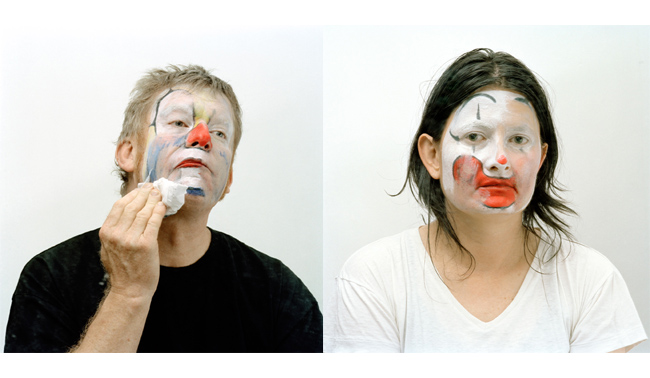
“Transition Portraits is a series of large colour photographic portraits of people in the act of removing clown make-up. My subjects looked at themselves in a mirror as they removed their painted masks, and I photographed their mirrored reflection. I was interested in how the smearing action of removing the make-up can create a moment of existential crisis. The subject is captured in transition between the disintegration of one identity and the unveiling of another, and the subject and viewer are both privy to the transformation.”
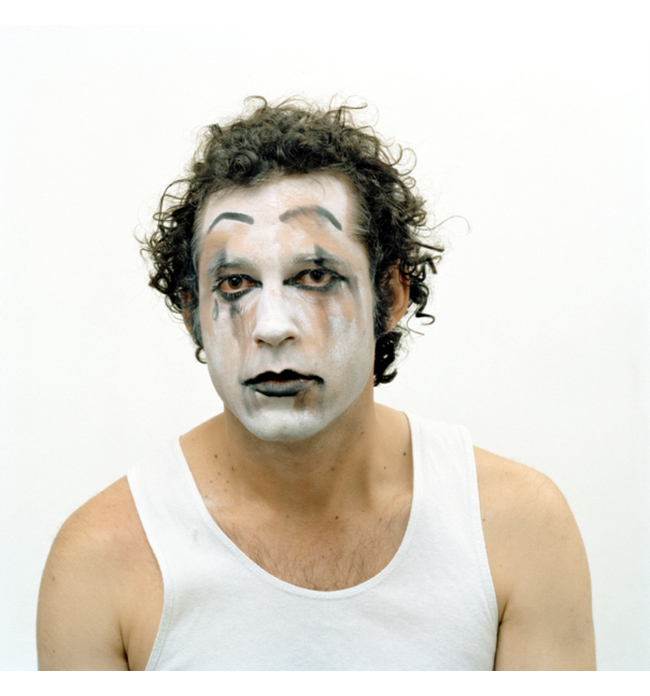
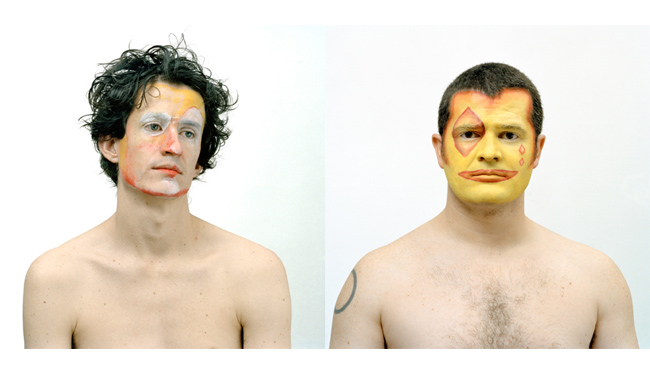
“Investigation of surface is central to how these portraits function visually and conceptually. A photograph is a smooth surface that creates an illusion of depth and reality. I have added an additional layer of illusion to these portraits by photographing the mirror instead of the subject. This investigation continues beyond the surface of the medium to the imagery within. Incomplete erasure of the clown make-up, and the revelation of the underlying human face draws attention to the surface of both. At a conceptual level, the portraits simultaneously reveal and conceal multiple surfaces.” (from a written conversation between Siri Hayes and Juan Ford)
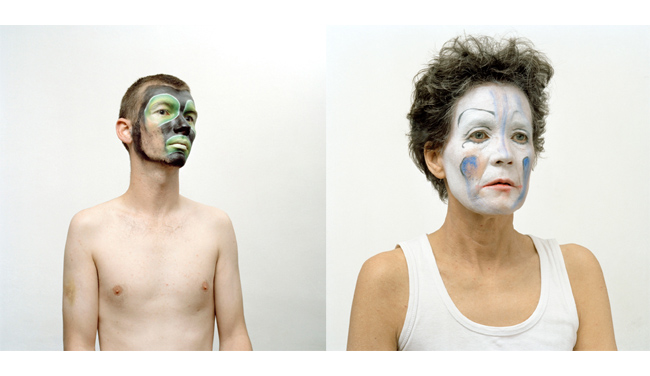
Tags: Photography
Posted in Uncategorized | No Comments »

















































